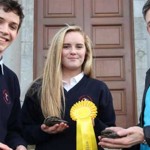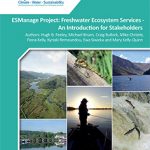This January, my project partner Riona Sheahan and I entered…
The Freshwater Pearl Mussel European Innovation Project (EIP): how farming for nature can help save an endangered species from extinction
Derek Mcloughlin and Patrick Cushell tell us about the Pearl Mussel Project, which is working in eight Irish catchments to benefit the endangered Freshwater Pearl Mussel. It is based on the innovative use of locally adapted results-based agri-environment payments to reward farmers for good ecological land management.
The Freshwater Pearl Mussel – a globally endangered species

The freshwater pearl mussel is a globally endangered species. Ireland has over a third of the EU population, of which 80% occur along the western seaboard in the top eight catchments. These catchments support a high proportion of semi-natural habitats and retain a relatively intact hydrological system with extensive wetlands (blanket bog and associated seepage areas in particular). They are amongst Ireland’s least modified river catchments. Each of the catchments has a lake on the system, which acts as a buffer for nutrients, sediment and flow. Despite their relatively intact nature, all of these catchments are undergoing a slow population decline.
The main reason for this decline is the low survival of juvenile mussels, which are extremely sensitive to changes in environmental conditions. This is leading to an ageing population. Juveniles depend on a clean, well oxygenated gravel river bed, with little silt, or algal growth, and moderate flows.
Activities that cause changes in river flow, increased levels of silt, and increased levels of nutrients, can contribute to the decline. In addition to drainage and changes to river channel morphology, increased intensification of land use in the catchments threaten future survival of freshwater pearl mussel.

Agri-environment schemes and the
results-based approach
As almost two-thirds of the land area of Ireland is in agricultural use, this industry has a considerable influence on the quality of our freshwater and terrestrial habitats. Significant resources have been spent in recent decades on national agri-environmental schemes aimed at agricultural pressures on biodiversity loss and water quality.

The traditional agri-environment schemes (such as REPS and GLAS) are generally measures- or actions-based. This typically means a farmer will be required to carry out a range of actions or follow a management prescription on their farm in order to receive their payment. The payment remains the same for all farmers, regardless of the level of success of the respective action. Indications suggest that agri-environmental schemes to date have not achieved the desired results with continued declines in biodiversity and water quality being reported throughout Ireland.
In results-based agri-environment schemes, a farmers’ payment is linked to the nature quality of their farm. The higher the nature value, the higher the farmers payment. Should this nature value increase over time this is reflected in an increased payment to the farmer. Farmers understand this and it provides an opportunity and strong incentive to manage their land to a higher environmental standard. The benefits of adopting the resultsbased approach include:
- incentivises farmer to achieve better environmental outcomes
- provides increased flexibility to farmer in choosing means by which they deliver environmental benefits
- represents better value for money for the tax payer as payments are only made on the verifiable delivery of environmental goods and services
- increased likelihood of achieving environmental targets.
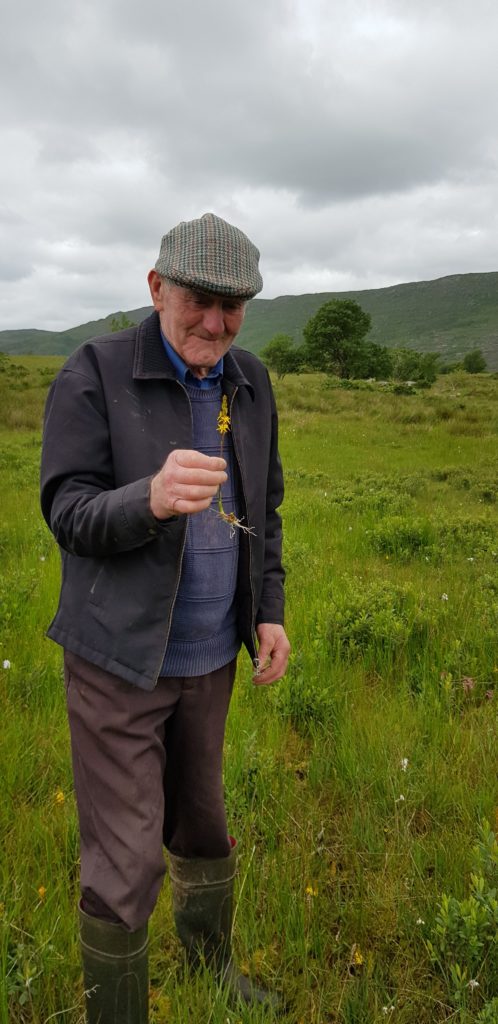
The Pearl Mussel Programme
The Pearl Mussel Project is a voluntary 5-year results-based European Innovation Partnership (EIP) programme that seeks to improve the quality of watercourses to benefit the endangered freshwater pearl mussel. It is locally adapted and focuses on the top eight freshwater pearl mussel catchments in Ireland, in counties Donegal, Mayo, Galway, Kerry and Cork. The Programme, which has a budget of €10 million is funded by Department of Agriculture, Food and the Marine as an EIP, is being run by the Pearl Mussel Project Team.
Peatland, grassland, and woodland habitats are used as result indicators. The higher the quality of these habitats, the higher the payment farmers receive. Habitat quality is assessed at the plot (field) level using a scorecard for each habitat. The score cards award marks for various aspects of the habitat which reflect quality such as; plant species present, vegetation structure, wetness, exposed soil, and damaging activities. Habitats achieve a final score on a scale of 0 (low) to 10 (high). Better quality habitats will obtain higher scores and result in higher payments.
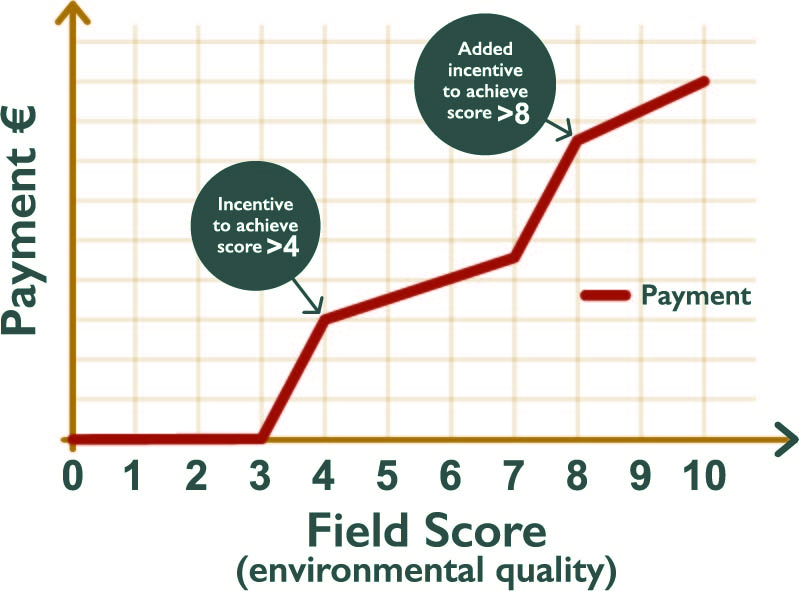
Those farmers whose land floods along freshwater pearl mussel habitat are eligible for a Floodplain Payment that also relates to the habitat quality of the plot that floods. This is to acknowledge the important function floodplains play in freshwater pearl mussel rivers.
The condition of watercourses on the farm also influences the final payment through a ‘whole-farm score’. Farms with evidence of damage to watercourses will have their overall results-based payment reduced by a factor of up to 70% depending on severity. This will present a major incentive for farmers to address these issues in order to receive the full potential payment in future years.

In order to facilitate improvement of scores, each participating farmer has a budget of up to €1,200 per year with which they can implement supporting actions. These may include measures such as fencing of water courses, provision of water troughs, and conversion to lighter breeds of cattle.
This approach has the effect of creating a market for nature, and provides an opportunity and incentive for farmers to manage their farm habitats to produce higher-quality biodiversity to ultimately benefit freshwater pearl mussel. Decisions for farming practices rest with the farmer, who decides to continue current practices or increase their nature value score. They now have the opportunity to be rewarded for the environmental services provided by their farm.
The key message with the approach of the PMP is that we focus on the result of the farming practices, rather than the prescription of how these practices should be carried out.
This model has been adapted from results-based programmes developed for other ecological targets including the Burren Programme, EU RBAPS pilot project, and the Hen Harrier Project EIP.

Multiple benefits; carbon sequestration, flooding, biodiversity
Although the overarching aim of the PMP is to assist in providing the near-pristine conditions for freshwater pearl mussel, farmers that achieve high scores in these catchments provide a host of environmental services including carbon sequestration, flood management, and greater biodiversity.
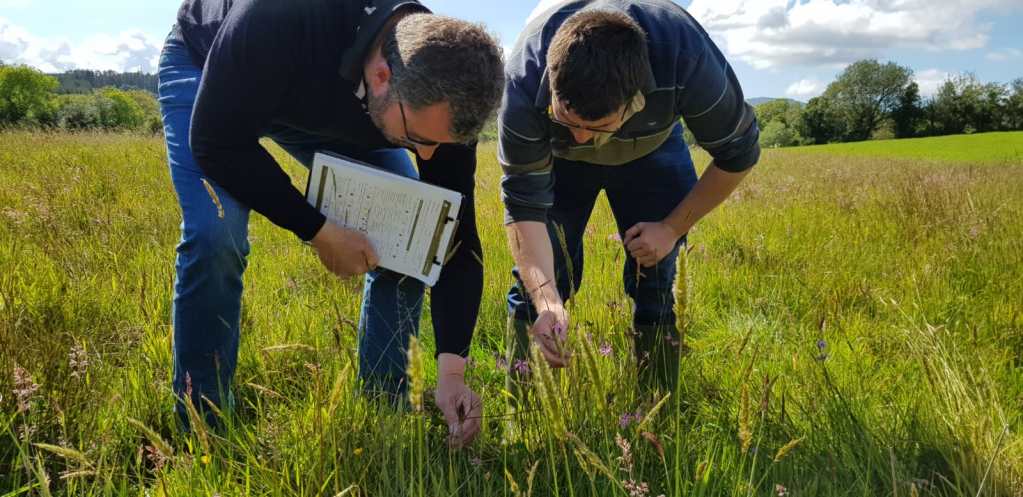
Conclusion
Farmers in some of the most ecologically sensitive areas of Ireland have for many years received payments that only reflect their agricultural output often at the expense of complex ecosystems and globally rare species such as the freshwater pearl mussel. Their interface with environmental authorities has often been by way of penalties and prohibition, without clear communication as to the reasons for such enforcement. A farmer in one of the catchments observed:
‘’we are only ever told what we can’t do. Nobody has ever actually told us how to manage our land for a higher nature value’’
Using a results-based approach, the PMP has developed a programme tailored to the top eight catchments and to the way they are farmed. It is a farmer-led approach with financial incentives for higher scores, and strong support from specially trained advisors and the Pearl Mussel Project team.
Derek McLoughlin and Patrick Cushell, Pearl Mussel Project EIP
About the Pearl Mussel Project
The Pearl Mussel Project team comprise ecologists, agricultural scientists and advisors, and are based in Kenmare, Co. Kerry and Westport, Co. Mayo. The project steering group include members from EPA, LAWPRO, NPWS, DAFM, Agriculture Consultants Association, Galway-Mayo Institute of Technology, Teagasc, Forest Service and the KerryLIFE project.
Learn more:

the river for water. Photos shows Lawerence Joyce, PMP, Padraig Cronin, KerryLIFE,
Vincent O’Malley, PMP.


